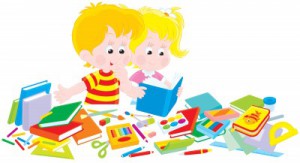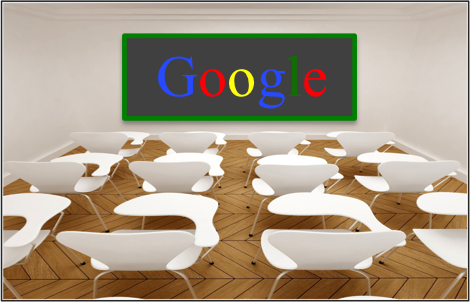
One key shift with the Common Core is the increased emphasis on “building knowledge through content-rich nonfiction” (from www.corestandards.org). While most ELA teachers are extremely familiar with using fiction in the Language Arts classroom, increasing the amount of nonfiction reading may create a dilemma: for instance, how do teachers “fit” in more time nonfiction, and still have ample time to teach fiction pieces and related reading strategies?
At the elementary level, teachers can infuse nonfiction into other subjects in addition to ELA; for example, identifying nonfiction texts in Social Studies and Science is a fitting way to address the standards – while exposing students to concepts in those content areas. Meanwhile, at the secondary level, middle school teachers will need to collaborate and articulate both vertically and horizontally to take a multidisciplinary approach to nonfiction reading instruction. While the ELA teacher may spend more time teaching nonfiction than in the past, other subject areas can also address nonfiction reading, especially in Science and Social Studies classes. (See www.corestandards.org for the reading standards that the Common Core has in place for these content areas.)
Finding Quality Nonfiction
In response to the increased emphasis on nonfiction reading, Newsela (pronounced “news-ella”) is a website that has addressed this need for grades 3 – 12. Newsela provides articles for students to read that cover current events; plus, these articles are accessible to a wide range of reading abilities because each article is available at five different Lexile levels. This way, teachers can choose articles that he or she knows a student can read independently. In fact, many articles take the same topic and allow you, the teacher, to select the desired Lexile band. In this instance, you can have your entire class reading the “same” article – but on each student’s appropriate reading level.
After reading the articles, some selections offer short quizzes for students to take, and based on their quiz scores; Newsela utilizes adaptive technology to create a “customized reading level” for students. Certain features are only available as a paid subscription (“Newsela PRO”), but access to the articles is free. See www.newsela.com for more information.
Other Considerations
Another way to include more nonfiction reading into your classroom is to pair the reading with fictional texts. For instance, ask students to read a nonfiction article that relates to a challenging fiction text your students are about to read. By providing them with the prerequisite information through the article, they will approach the challenging text with more background knowledge, allowing them to better comprehend the reading selection. And for students who struggle with the nonfiction material itself, you may consider reading aloud to them as an initial scaffold until you can gradually release them to reading independently.
As mentioned in last week’s article, “How to Help Students with Increasingly Complex Text” (How to Help Students With Increasingly Complex Text – by Julie C. Lyons), Close Reading is an instructional strategy that helps students delve into the text and comprehend it deeply.
As students complete a Close Reading, you may wish to have them mark the text, and the following ideas will help students annotate the reading selection in a meaningful way:
• Employ the “OKS” (Omit-Keep-Summarize) strategy: Evelyn Arroyo, in her Instructional Strategy Guide for Classroom Educators: 2nd Edition, explains that ELL students may find some texts to be especially challenging, and using the OKS strategy will help them. With this strategy, students will place a clear overhead transparency over the text. As they read, they should cross off (“omit” the irrelevant information). Next, they should read the text they decided would be important to “keep”, and then they can “summarize” the key ideas in the margins of the text. For more details, visit: www.ptgmedia.pearsoncmg.com.
• Use Post-its or sticky “flags” to mark important sections from the text.
• Allow students to highlight photocopied readings.
• Create a system of abbreviations or symbols as a class: for example, use a smiley face for something you liked; a question mark for something that confused you; an exclamation point for something the student wants to emphasize in written responses or class discussions, etc.
• Provide students with a numbered list of discussion ideas and questions before reading. Students can mark the passage of the corresponding discussion number, and when they begin to answer an item from the list (verbally or in written form), they can quickly find textual evidence to support their ideas.
How have you addressed nonfiction reading in your classroom? Post your ideas in the comments section below!




Pingback: “Just the Facts, Ma’am” Using Nonfiction in the Classroom | Think Educative